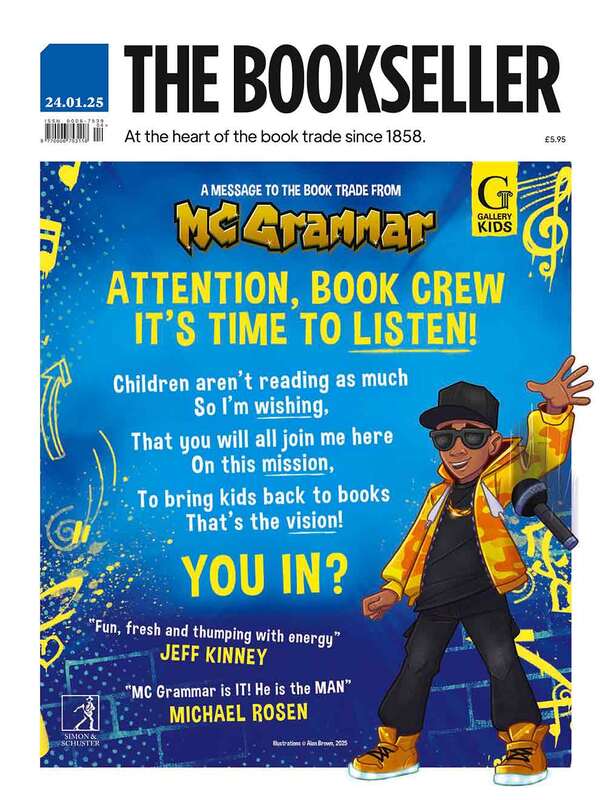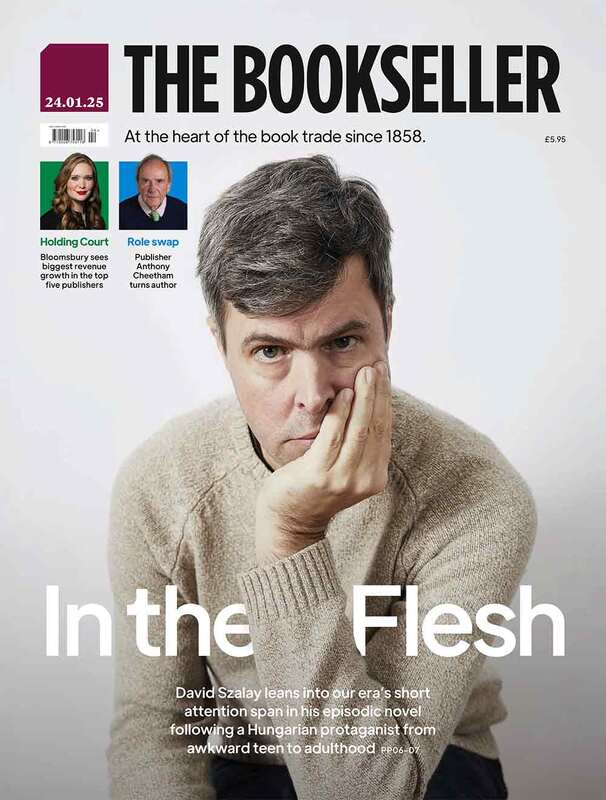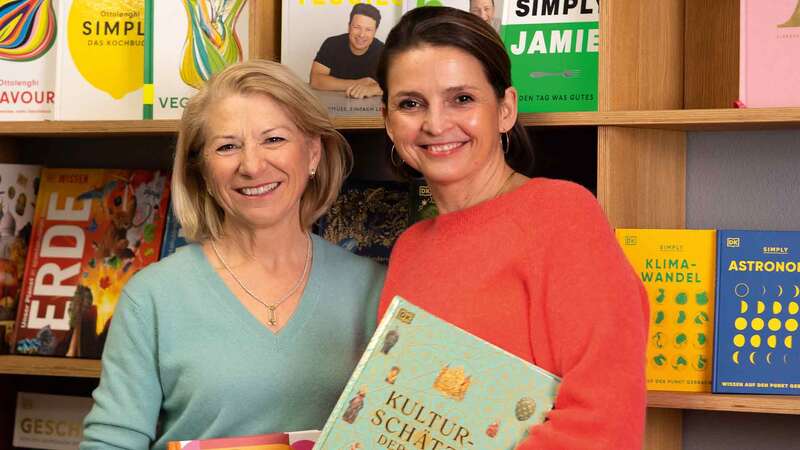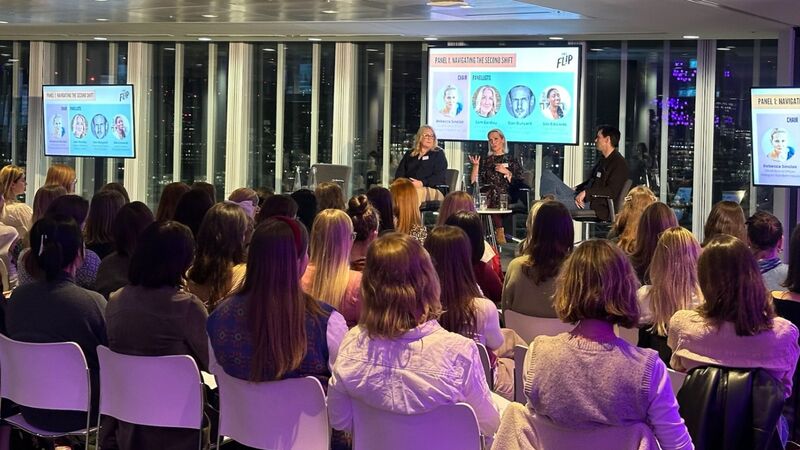You are viewing your 1 free article this month. Login to read more articles.
TLS circulation up 20% as people value 'longer reads'
The Times Literary Supplement has said it is now the UK’s fastest growing weekly magazine after sales climbed 20% year-on-year providing a contrast to “this era of fast, facile digital nonsense” according to its editor.
The recently-released figures from the Audit Bureau of Circulations (ABC) showed that its average circulation for the period of July to December 2017 is 38,545 copies - a 20% uplift from February last year when sales stood at 32,166 units, a 28% year-on-year increase from 2016.
During the reported period (July to December 2017), the News UK-owned magazine has undertaken a number of initiatives to boost its sales and readership, including a £100 social media prize for stockists ‘#MyTLS’, described as “the result of growing consumer demand that more retailers stocked the title”.
The TLS also increased its presence at the Times and Sunday Times Cheltenham Literature Festival in 2017, handing out over 40,000 free copies to drive and convert subscriptions.
At the end of March the TLS will be celebrating its 6,000th edition “in a variety of ways”, including the republishing the first ever paper from 1902. Copies will be given away in galleries and it will sell a life-time subscription for the first time for the cost of £1,902.
Editor Stig Abell has put the sales growth down to an appetite for "longer reads".
He said: “I firmly believe that - in this era of fast, facile digital nonsense - that there is a growing counter-culture in which people value expertise, care and longer reads. The TLS is proudly part of that counter-culture, and it is nice to be the fastest growing weekly magazine in the UK today.”
Abell took up editorship two years ago from Peter Stothard, after previously being managing editor of the Sun. He has helped to boost sales since his appointment and the TLS was cited as one of the publications bucking the trend in a Bookseller report in August examining the increasing pressure on space for literary coverage in media publications.
Abell recently
I’ll definitely look at this. Well worth flagging up. In the paper, we are now getting towards 50-50; and I think there have been more women than men on every cover this year. On the podcast too.
— Stig Abell (@StigAbell) February 13, 2018
The London Review of Books has also received a boost of around 5% to its already significant readership, according to a spokesperson. It increased its circulation from 70,468 last year to 74,157 paid subscribers, for July to December 2017 compared to the same period in 2016. The "high-brow niche" belonging to the LRB and TLS, was described as a top performing media category by www.pressgazette.co.uk/an-antidote-to-the-prevailing-madness-the-titles-leading-a-resurgence-in-magazine-journalism/">Press Gazette editor Domonic Ponsford last year.
Reneé Doegar, head of marketing for the LRB, said that, like Abell, she believes the review provides something refreshing for news-saturated readers through longer form analysis. She told The Bookseller: "The London Review of Books has seen its paid subscription base increase more than 61% over the last ten years from 45,905 to 74,157 paid subscribers (and more than 5%, 3,689 new subscribers, between 2016 and 2017 alone).
"We think there are many reasons for this: wider and more sophisticated channels for promotion, increasingly high-quality, unique content and, not least, a hunger for great writing. There is plenty of short content available all over the internet, on social media and increasingly the mainstream press—people have no lack of news sources at their fingertips. But the LRB offers something different by providing readers with long form, intellectual essays that allow space for rigorous interrogation and thought."














